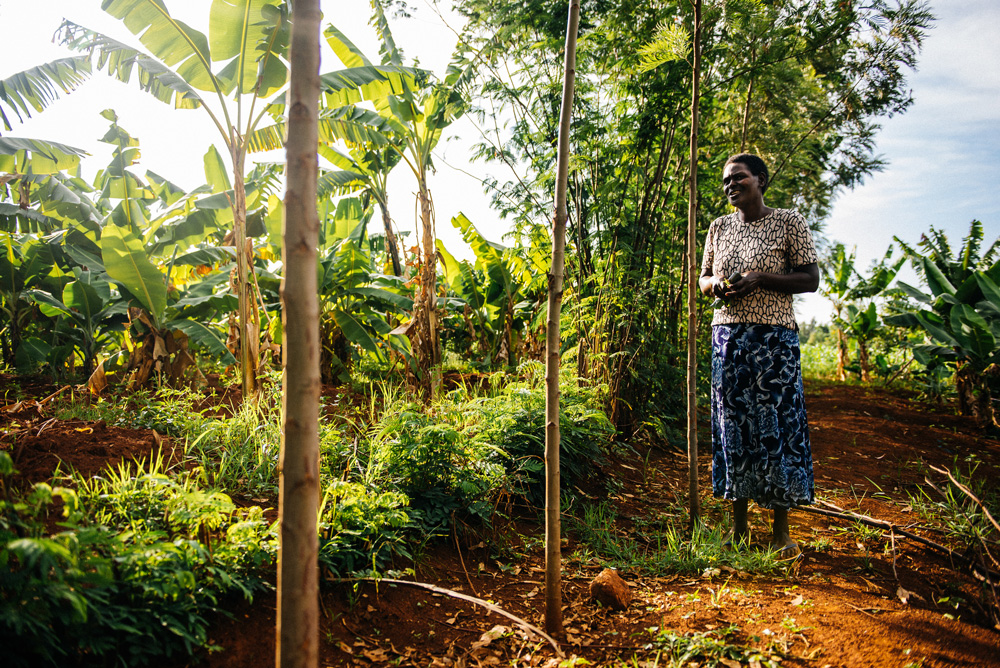Can agroforestry – a land management system combining crops, trees and sometimes livestock – ensure that people have enough food and have the capacity and the tools to adapt to climate change? The answer is yes. Moreover, agroforestry offers a way to increase biodiversity and mitigate greenhouse gas emissions. However, despite proven benefits, agroforestry is still not receiving the attention it deserves and investments in agroforestry are insufficient.
Agroforestry is a sustainable, proven and efficient land management system, according to the experts behind the report ”Achieving the Global Goals through Agroforestry”, launched on October 1, 2018 in Stockholm, Sweden. The report is a result of a collaboration between the members of the Agroforestry Network which brings together different actors, such as Agroforestry Sverige, Focali, NIRAS, SIANI, SLU Global, SwedBio at Stockholm Resilience Centre and Vi-skogen (Vi Agroforestry). This new report builds on an extensive literature review of 1,000 scientific publications and other reports about practical agroforestry projects. The authors present environmental, social and economic benefits of agroforestry at the farmer, community and landscape levels. Special attention was paid to the benefits agroforestry brings to food security, climate change adaptation and mitigation, and biodiversity.
The report presents evidence of how agroforestry can contribute to the implementation of nine out of the 17 Sustainable Development Goals. Agroforestry has the strongest impact potential on poverty reduction (SDG1) and hunger alleviation (SDG 2), as well as on climate action (SDG 13) and sustainable life on land (SDG15). In addition, the report shows that agroforestry can contribute to other goals by improving gender equality and health, as well as by increasing access to clean water, sustainable energy solutions and responsible agricultural production.
“We have less than 12 years to achieve the global goals. We need to find the solutions that can contribute to multiple goals at the same time and maximize the benefits for everybody, especially for those living in poverty. Agroforestry is one of these solutions. However, agroforestry is still not implemented extensively enough, and is rarely emphasized in national action plans, strategies and budgets – including in Sweden. The world cannot afford to miss this opportunity,” says Maria Schultz, head of the international department, Vi-skogen.
